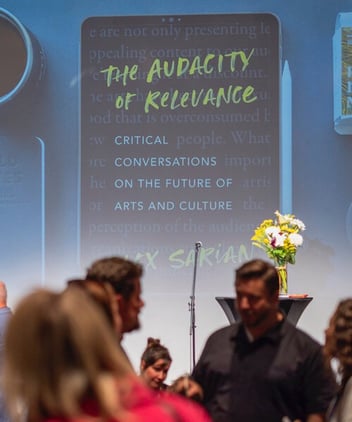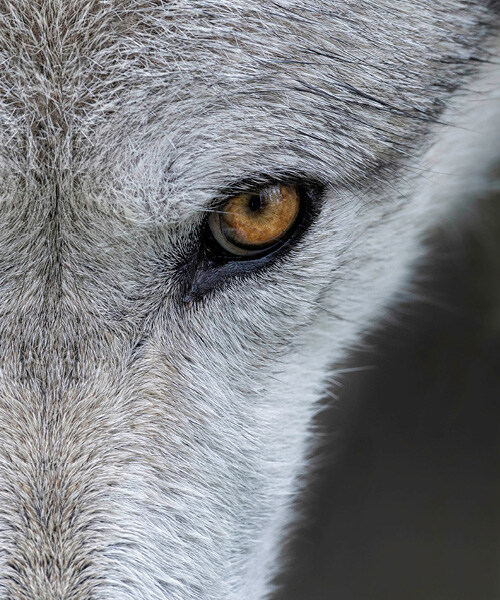
In 1926, the wolf disappeared from America's oldest National park. Viewed as an unwanted pest that preyed on livestock, visitors to Yellowstone were permitted to hunt and kill any game they came across, and within a matter of years, wolves were wiped out. Elk populations exploded, decimating vegetation and impacting everything from stream health to songbird populations.
Enter Doug Smith. A wildlife biologist with an unwavering passion for the natural world, Smith joined the Yellowstone Wolf Project in 1994 and became project leader in 1997. His mission was clear: to restore the gray wolf to its rightful place in the park's ecosystem.
Smith's work went far beyond releasing wolves. It involved meticulous planning, rigorous scientific study, and navigating a complex web of public opinion. He understood that reintroduction was not merely a biological undertaking, but also a social and political one.
"You know, I’ve always been painted as kind of a bunny hugger, an environmentalist who loves wolves, who hates elk. There couldn’t be anything further from the truth. I love elk. I hunt elk. I hunt deer. I like guns, I ride horses. You know, those are common ground things that you know, I like wolves too." - Doug Smith to KBZK media
There was no shortage of challenges in the project's early days. Smith and his team faced opposition from ranchers concerned about livestock depredation and skepticism from those who doubted the wolves' ability to thrive. But Smith’s approach was rooted in scientific accuracy and transparency. He emphasized data collection, public outreach, and a commitment to understanding the wolves’ behaviour and impact. He and his team meticulously tracked the wolves' movements, studied their prey selection, and documented the cascading effects of their presence.

The results were nothing short of transformative. The wolves' return triggered a chain reaction that rippled through the entire ecosystem. Elk populations declined, allowing vegetation to recover. This, in turn, benefited everything from beavers and birds to fish and insects.
Smith's work wasn't just about restoring ecological balance; it was about fostering a deeper understanding of the interconnectedness of our natural world. He emphasized the importance of viewing the park as a living laboratory, a place where we could learn about the complex dynamics of predator-prey relationships.
"I love nature. That’s one of the driving forces in my entire life," said Smith in an interview with KBZK media. "To see people connect with nature like that is not that common in this world today. It’s actually rare, and I think we need more of that. And that really, and I hate to use a tired phrase, but it warms my heart. It’s mostly about the wolves but if I had a small part in it, well, all the better."
Smith’s legacy extends far beyond the boundaries of Yellowstone. He's become a symbol of successful wildlife conservation, showing that even seemingly insurmountable challenges can be overcome with dedication, perseverance, and respect.
On April 27th and 28th, Calgary audiences have the unique opportunity to hear Doug Smith's remarkable story firsthand. From National Geographic Live and Arts Commons Presents, Doug Smith: Wild Wolves of Yellowstone promises an intimate look into the complex and often controversial world of wolf reintroduction, offering a glimpse into the life of a man who dedicated his career to restoring a vital piece of North America’s wilderness.
Kiani Evans
Kiani Evans is the Manager of Digital Communications for Arts Commons. She grew up in the rural Cariboo region of British Columbia and acquired a diploma in Art History on Vancouver Island (and refuses to give it back). She is delighted by all things art and takes joy in small moments, like finding lost change or missing socks. Kiani had trouble writing this bio, so she Googled “how to write a bio.” It didn’t help.




